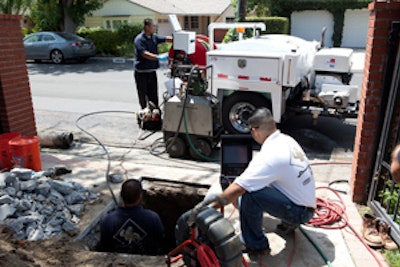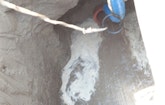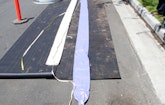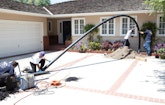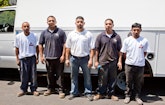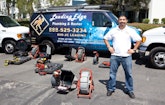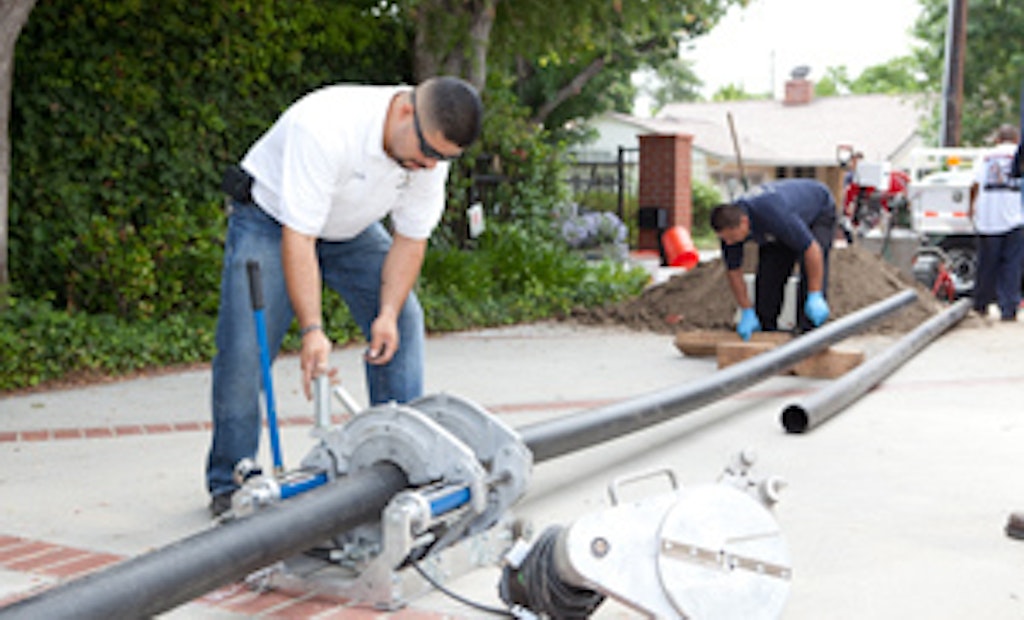
Within three years of opening Leading Edge Plumbing & Rooter, owner Juan Carlos Garcia had significantly boosted his business by bringing in new services and technologies and offering them across a 50- to 55-mile stretch of cities in highly populated Southern...
